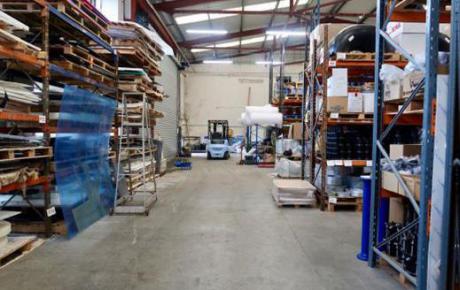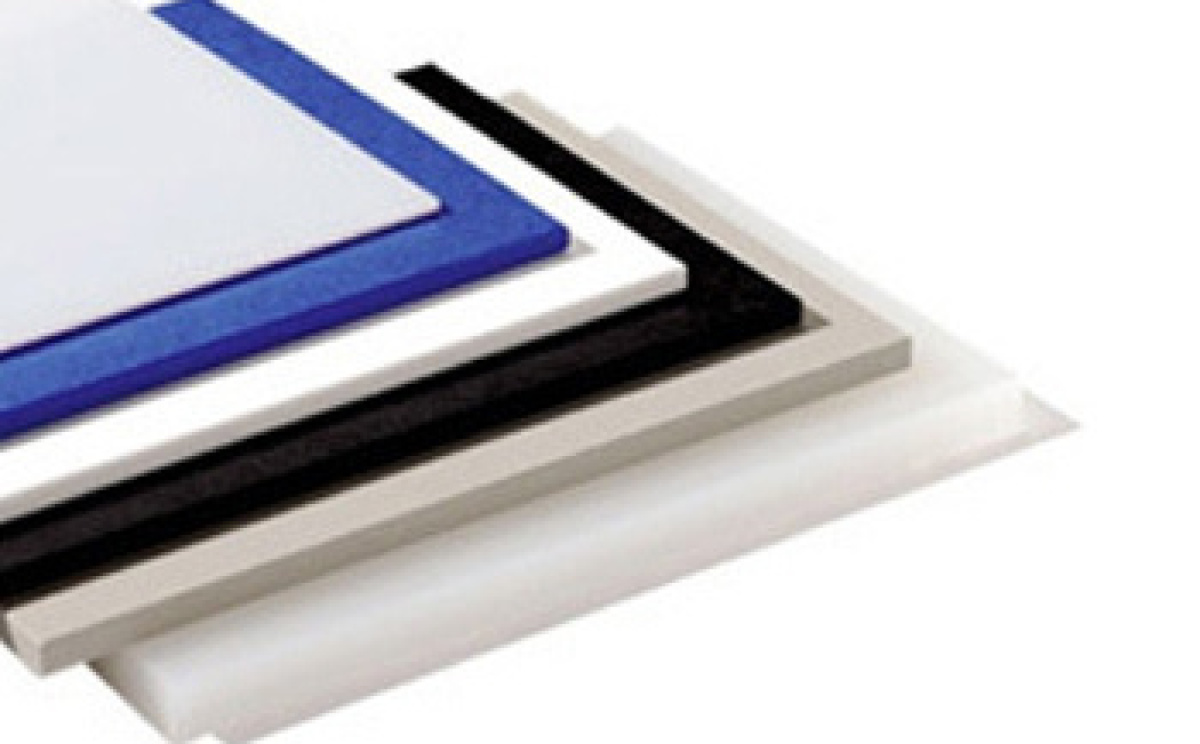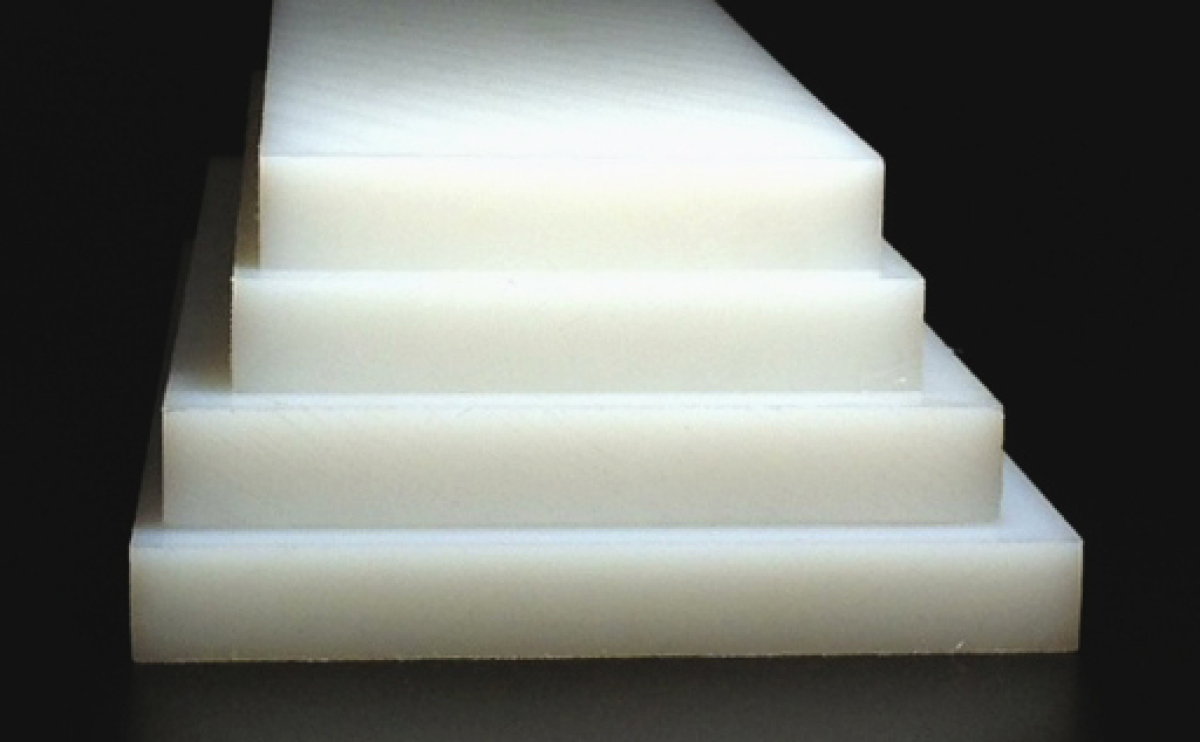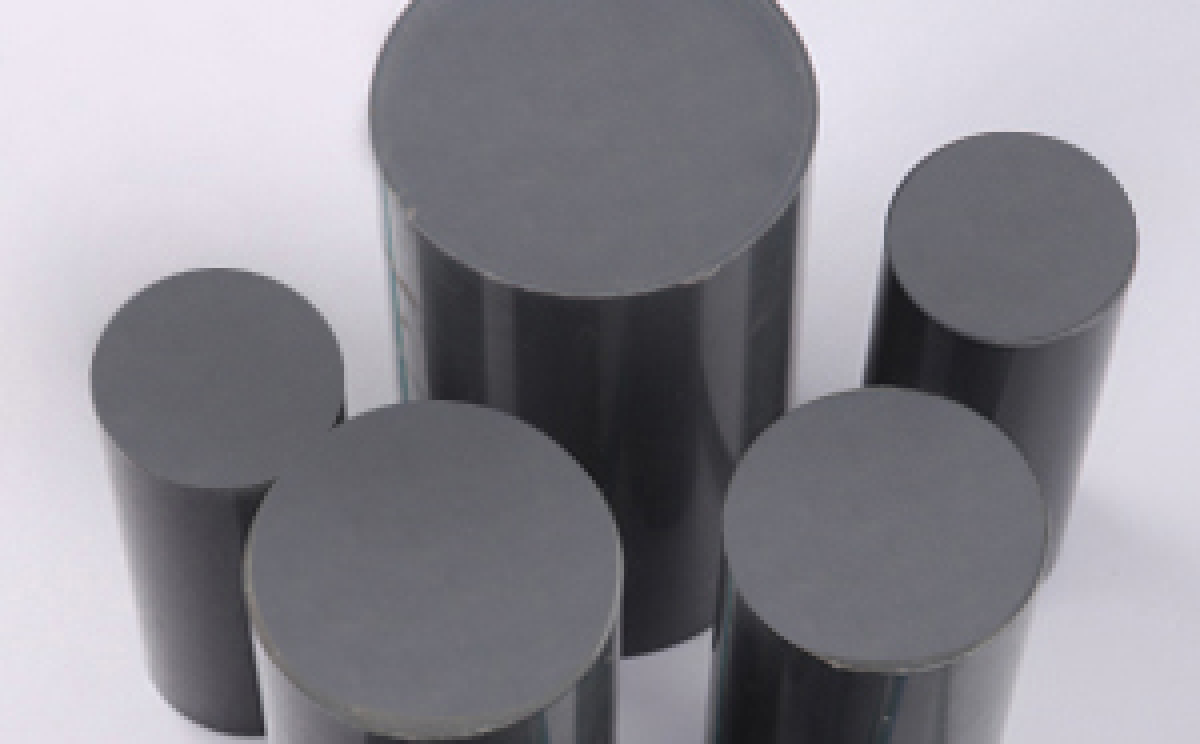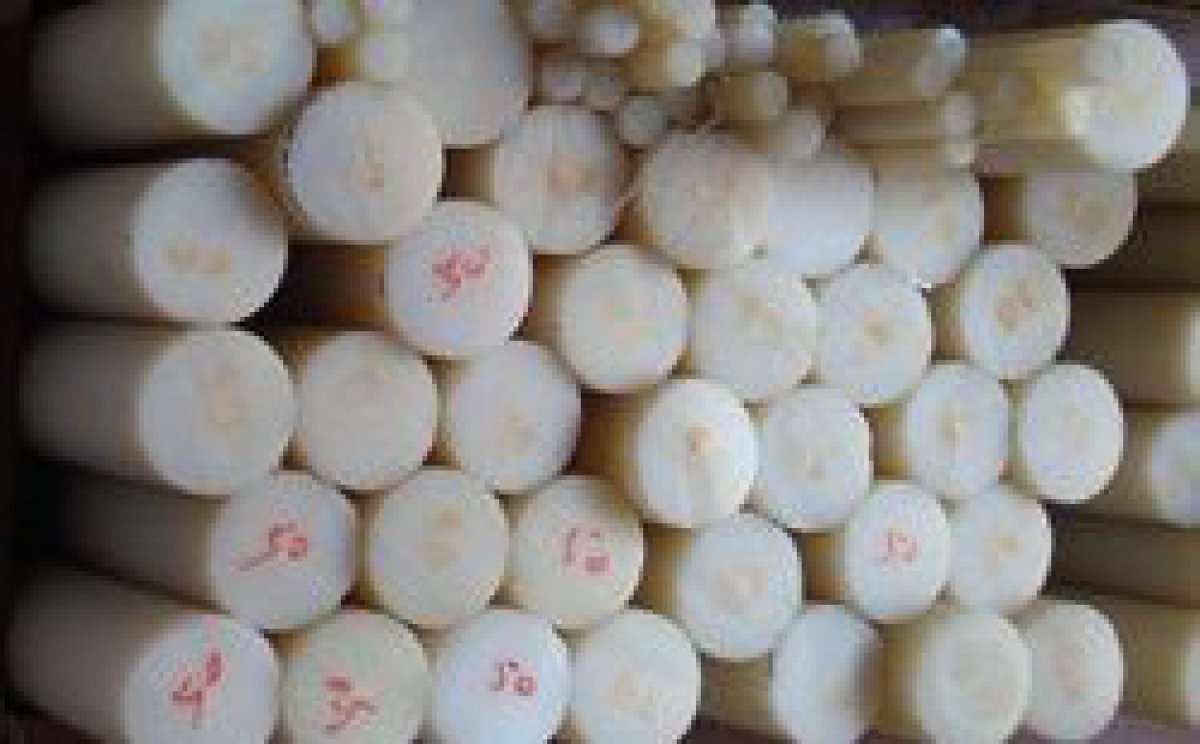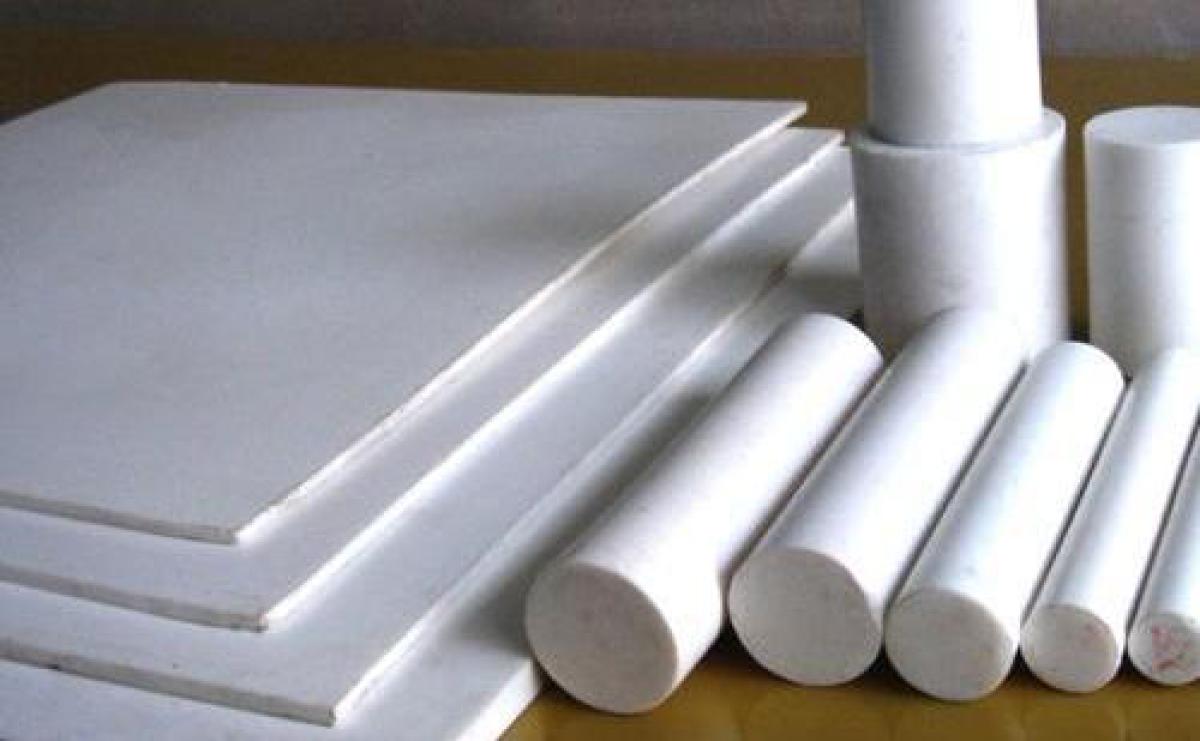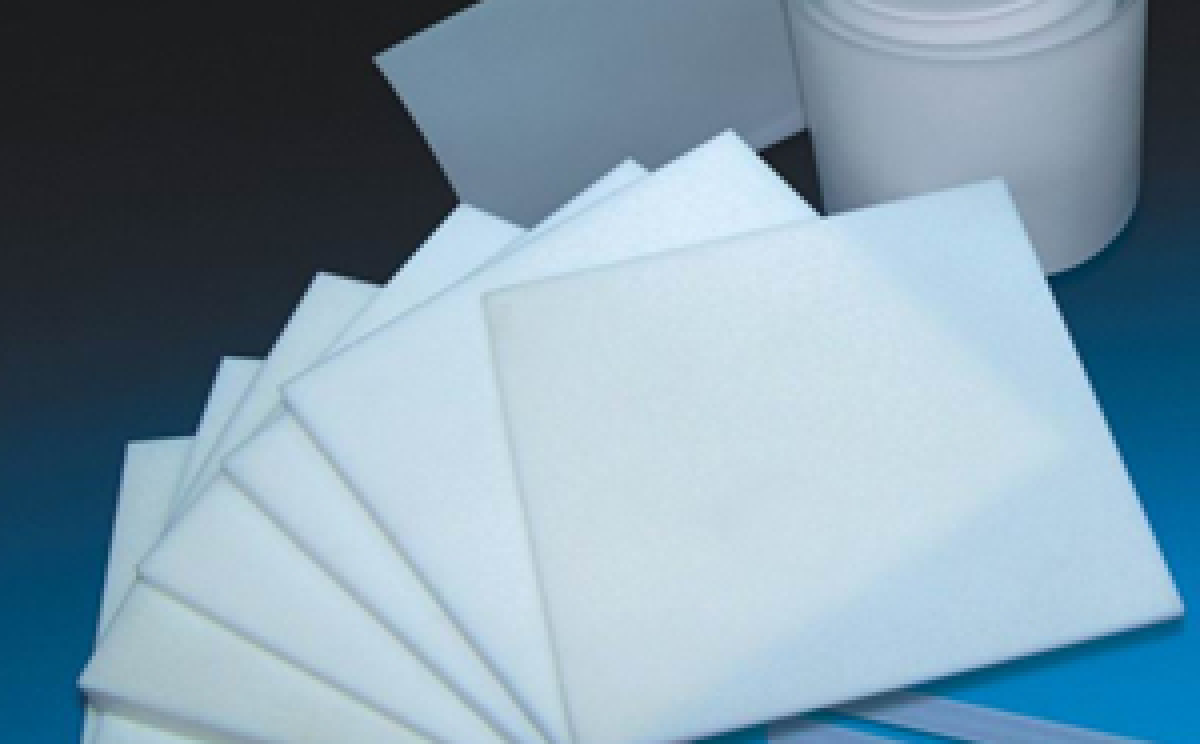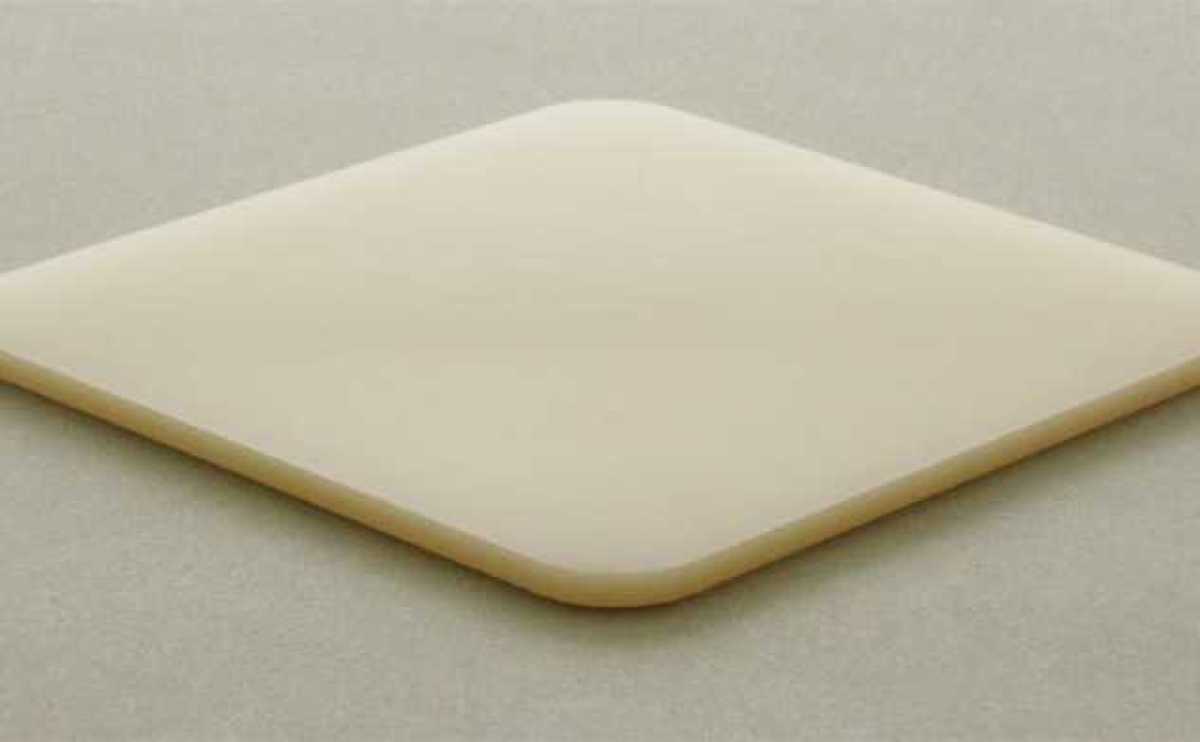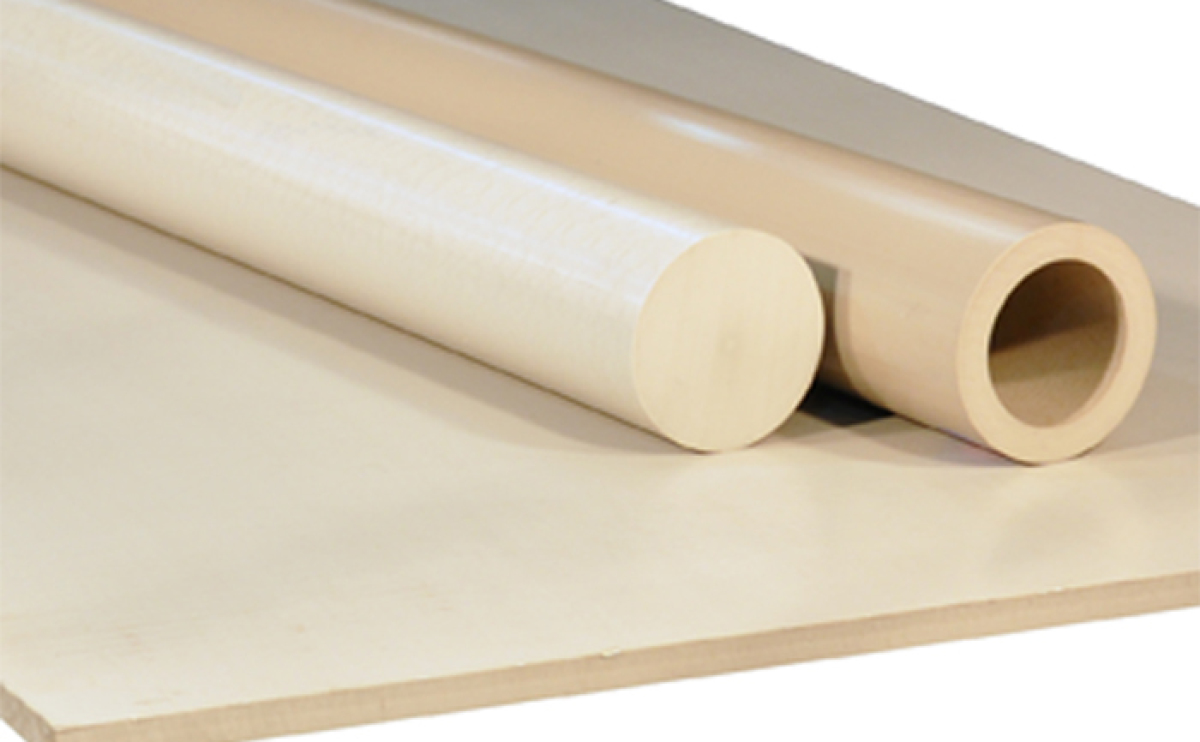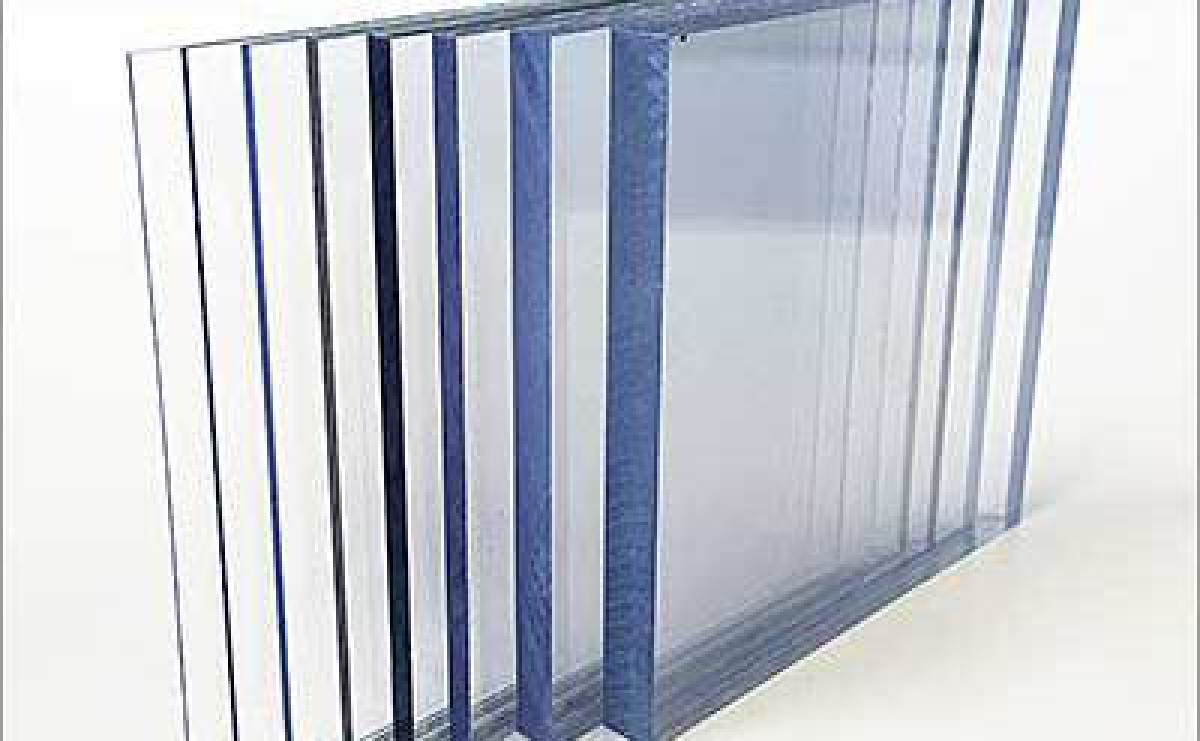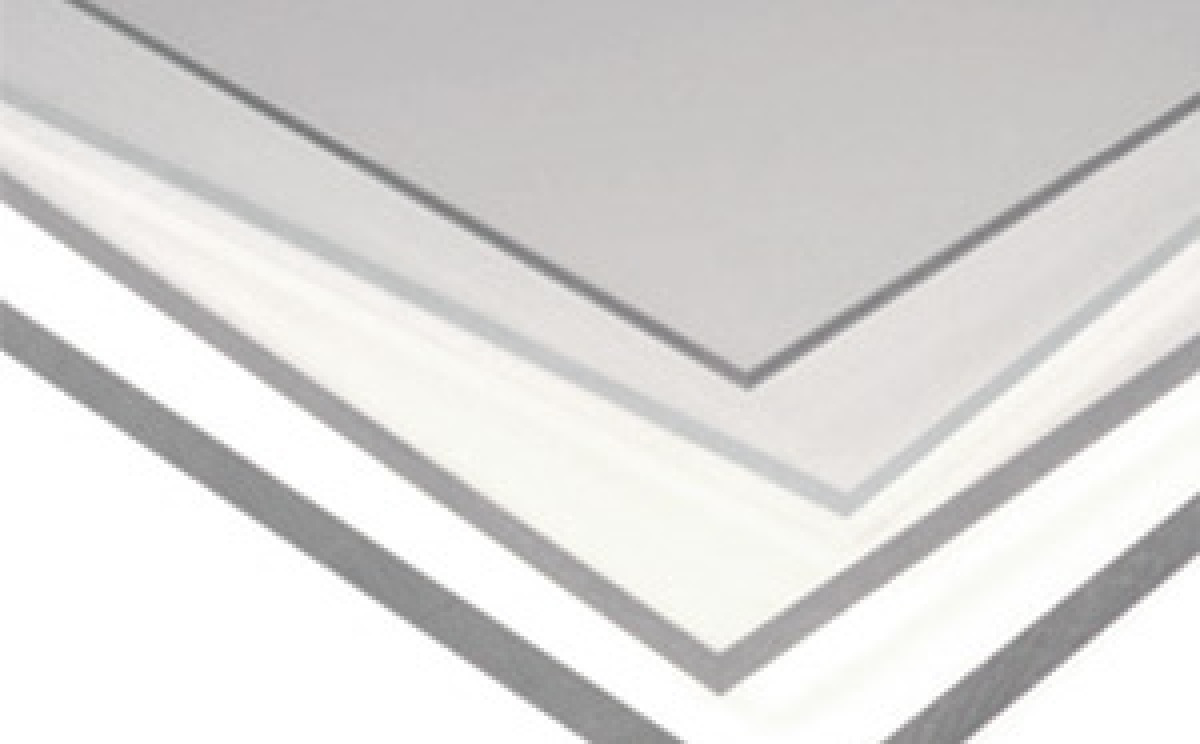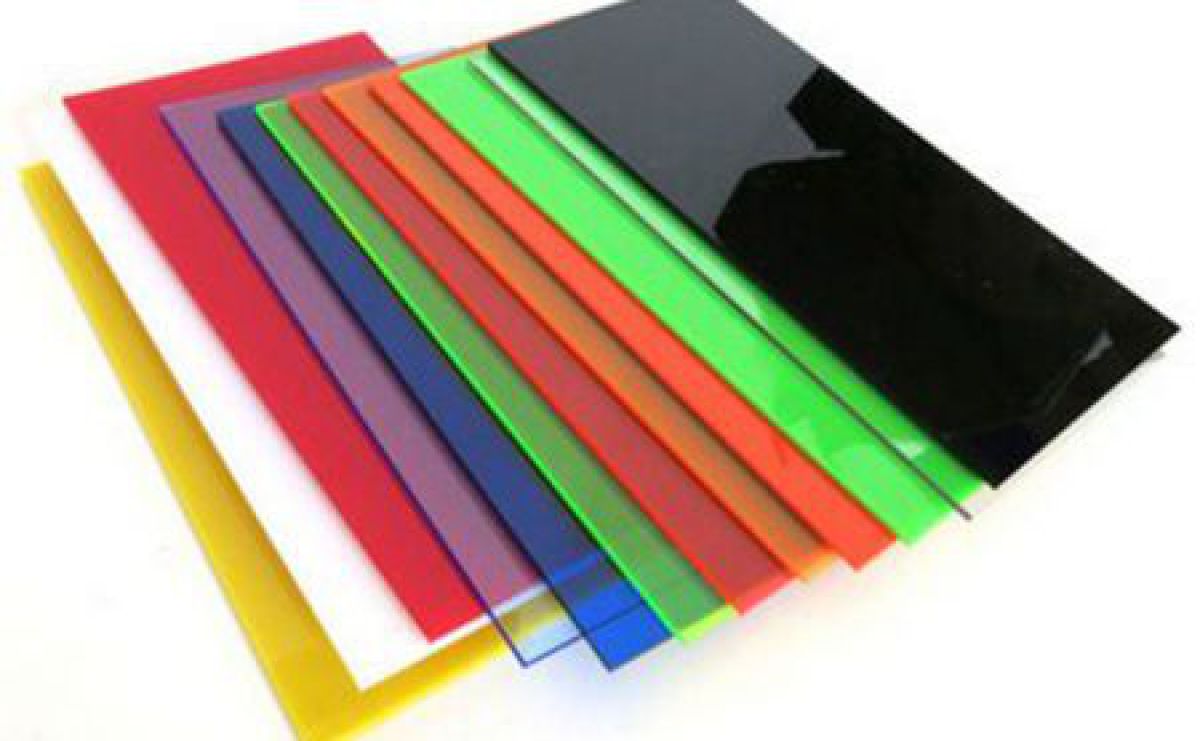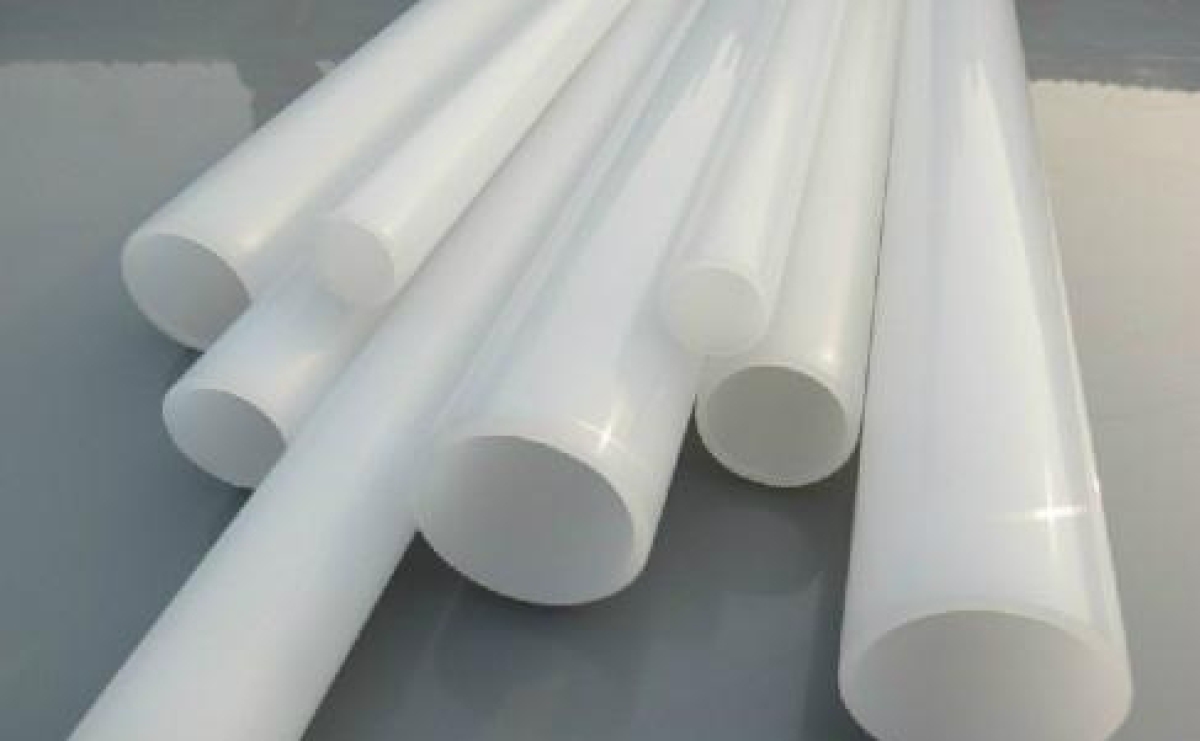We can supply you with a wide range of semi-finished products including cut-to-size.
Polypropylene (PP)
Polypropylene has many uses such as construction materials for chemical, mechanical and electronic industry, eg. tanks, Lab equipment, Etching equipment, Semiconductor processing equipment, plating barrels, machined parts industrial doors, and so on.
It is available in sheets, blocks, bars and rods, tubes and pipes and in different colours.
Polyethylene (PE)
Polyethylene is a versatile plastic which has many uses such as construction materials for chemical, mechanical and food industries, e.g. Chemical resistant tanks and containers,Food storage containers, Lab equipments, plating barrels, Corrosion resistant work surfaces and so onpipes and fittings, wear strips, conveyor parts etc. PE is available in different grades such as;
- PE300
- PE500
- PE1000
which are available in different format with different properties such as LDPE, HDPE, HPPE, HMWPE, UHMWPE
Nylon
Nylon is a versatile plastic which has many uses due to its inherant ease of machining, extruding, molding and casting combined with its excellent hard wearing properties and resistence to corrosion, abrasion and contaminates.
There are a wide range of composite nylons and nylon grades including;
- Nylon 6
- Cast nylon
- Nylatron MoS2
- Glass filled nylon
- Others
PTFE (Teflon)
Polytetrafluoroethylene, or PTFE, is a versatile polymer that has been in use since 1938. There are many uses of PTFE in industrial and consumer applications.
The two main components of PTFE are carbon and fluorine. This combination gives PTFE a high molecular weight that provides several advantages. For example, PTFE is water resistant and resistant to substances containing water.
PTFE also resists friction against solid and is highly heat resistant. This allows PTFE to be used as a component of gears, bearings, and slide plates. PTFE does not begin to degrade until it reaches a temperature of 662 degrees Fahrenheit.
PFA
Perfluoroalkoxy alkanes (PFA) is a high purity fluoropolymer with a high resistance to chemical attack, optical transperancy, and overall flexibility. PFA is often used as tubing for handling critical or highly corrosive process's. Other applications for PFA are as sheet linings and machined components for chemical equipment.
(PFA) differs from the polytetrafluoroethylene (PTFE) resins in that it is melt-processable using conventional injection molding and screw extrusion techniques
PFA is also used for non-stick applications due to its extremely low friction properties.
PFA is commonly used as material for piping and fittings for aggressive chemicals, as well as corrosion-resistant lining of vessels in the chemical-processing industry. Typical applications are in the construction of gas scrubbers, reactors, containment vessels, and piping. In coal-fired power plants, it is used as lining for heat exchangers.
FEP
Fluorinated ethylene propylene (FEP) differs from the polytetrafluoroethylene (PTFE) resins in that it is melt-processable using conventional injection molding and screw extrusion techniques. It is highly transparent and is resistant to sunlight
Like PTFE, FEP is mainly used for wiring, e.g. hookup wire, coaxial cable, wiring for computer wires and technical gear. An illustrative end product is for coaxial cables like RG-316.
In manufacturing high-quality composite parts, such as in the aerospace industry, FEP film can be used to protect molds during the curing process. In such applications, the film is called "release film" and is intended to prevent the curing adhesive polymer from sticking.
Semi-finished products like pipes, round bars, and sheets for lining containment vessels, gas scrubbers, and tanks.
E-CTFE (Halar)
Ethylene ChloroTriFluoroEthylene
Since its introduction in 1970, ECTFE has been used in industries where corrosion resistance is needed. It is resistant to acids at high concentrations and temperatures, caustic media, oxidizing agents and many solvents. It is said to have similar chemical resistance to PTFE
ECTFE has been used for several decades in different industries:
Bleaching towers in pulp and paper
Sulphuric acid production and storage.
Flue gas treatment in particular in the SNOX and WSA process
Electrolysis collectors or drying towers in the chlorine industry
Transport vessels for hazardous goods, in particular class 8
Halogen related industry (Bromine, chlorine, fluorine)
Acid handling (sulphuric acid, nitric acid, phosphoric acid, hydrogen halides, hydrogen sulphide, etc.)
Mining applications, in particular high pressure heap leach
PEEK
In many instances PEEK has replaced metals such as brass or aluminium to reduce the weight and cost of the part. PEEK's resistance to aging and the absorption of humidity make it ideal for applications such as process pumps and bearing cages.
PEEK is currently used in applications such as;
- Helicopter gearbox's
- Traction motors
- Construction equipment
- Automotive
- Formula one
- Wind turbines
- Others
PVDF
Polyvinyl Fluoride
PVDF is a specialty plastic used in applications requiring the highest purity, as well as resistance to solvents, acids and hydrocarbons. Compared to other fluoropolymers, like polytetrafluoroethylene (Teflon), PVDF has a low density (1.78 g/cm3).
It is available as piping products, sheet, tubing, films, plate and an insulator for premium wire. It can be injected, molded or welded and is commonly used in the chemical, semiconductor, medical and defense industries, as well as in lithium-ion batteries. It is also available as a crosslinked closed-cell foam, used increasingly in aviation and aerospace applications. It can also be used in repeated contact with food products, as it is FDA-compliant and absolutely non-toxic.
ABS
Acrylonitrile butadiene styrene
The most important mechanical properties of ABS are impact resistance and toughness.
ABS is easily machined. Common machining techniques include turning, drilling, milling, sawing, die-cutting and shearing. ABS can be cut with standard shop tools and line bent with standard heat strips. ABS can be chemically affixed to itself and other like-plastics.
ABS's light weight and ability to be injection molded and extruded make it useful in manufacturing products such as pipe systems, automotive components, medical devices, enclosures for electrical and electronic assemblies, Household and consumer goods are the major applications of ABS.
When extruded into a filament, ABS plastic is a common material used in 3D printers.

